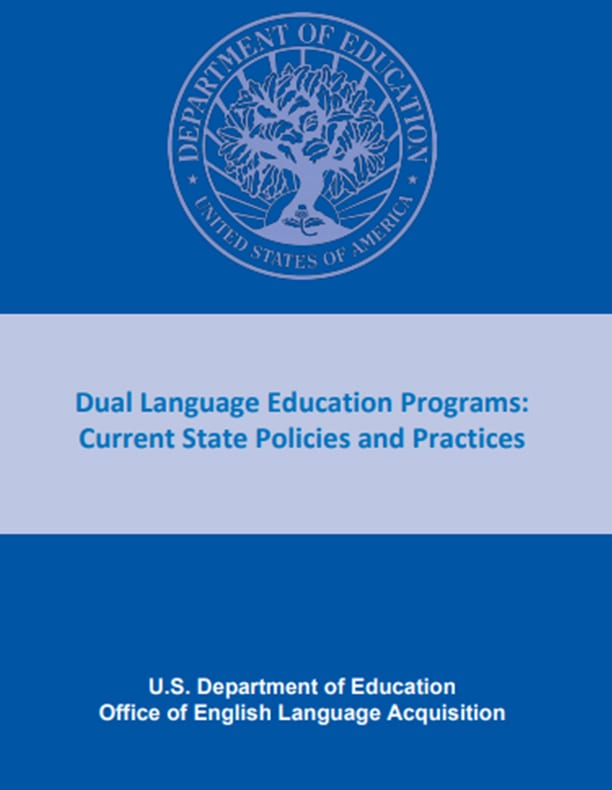Dual language (DL) education programs are designed to teach students literacy and academic content in English and a partner language. Research suggests that students who are enrolled in DL programs perform as well or outperform students in English-only language programs. In response to the growing evidence base, these DL programs are gaining traction across states and districts in the United States, from North Carolina to Utah to Georgia. The report Dual Language Education Programs: Current State Policies and Practices outlines historical and federal policy and current research. It also describes six case study states’ experiences with implementation of DL programs. The report’s guiding questions center on the following four focus areas:
- State Policies on Dual Language Education Programs
- State- and District-Level Eligibility and Exit Criteria in Dual Language Programs
- Assessment and Accountability for States and Districts Related to Dual Language Programming
- Teachers and Professional Development Specific to Dual Language Programming
